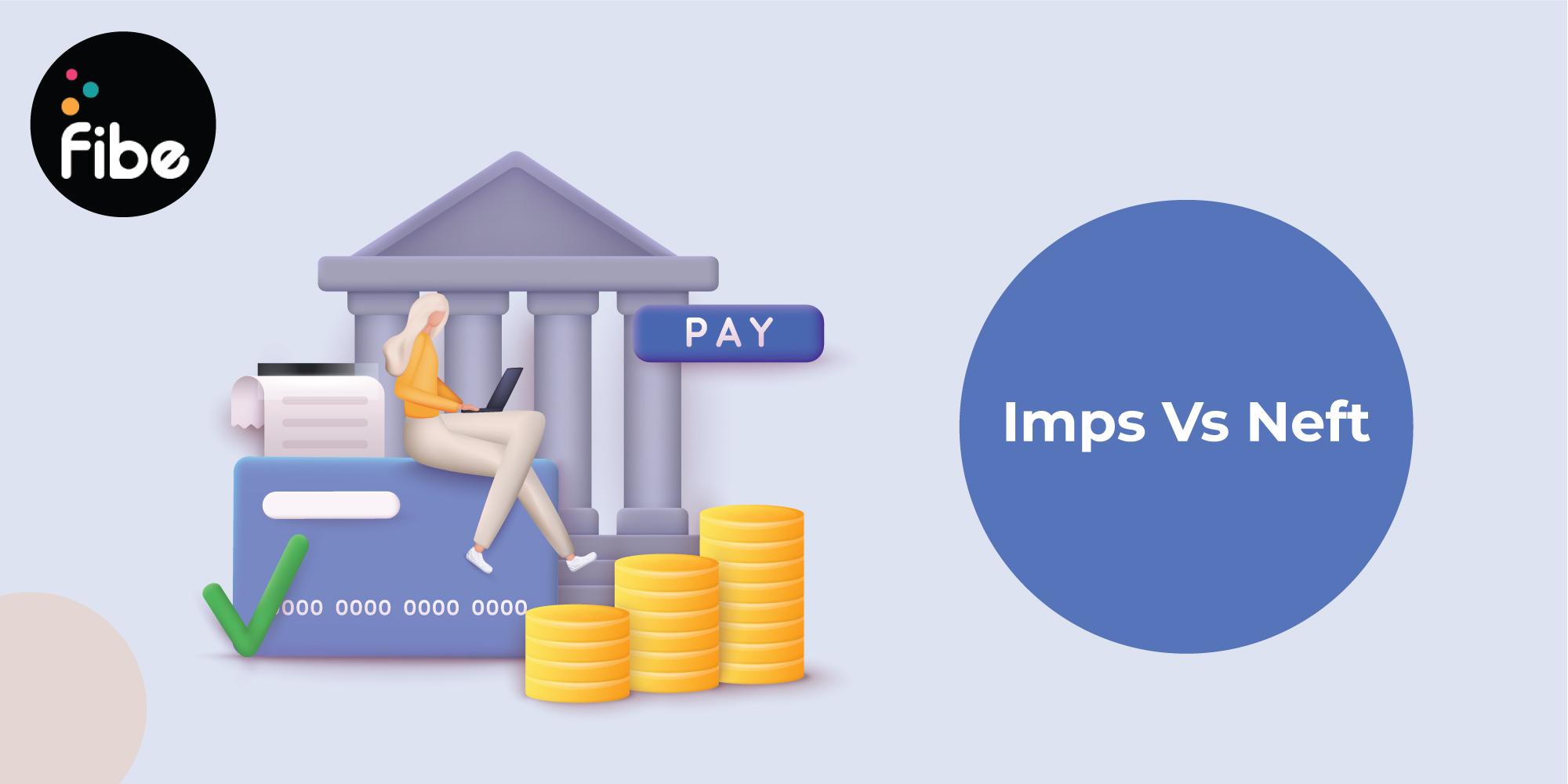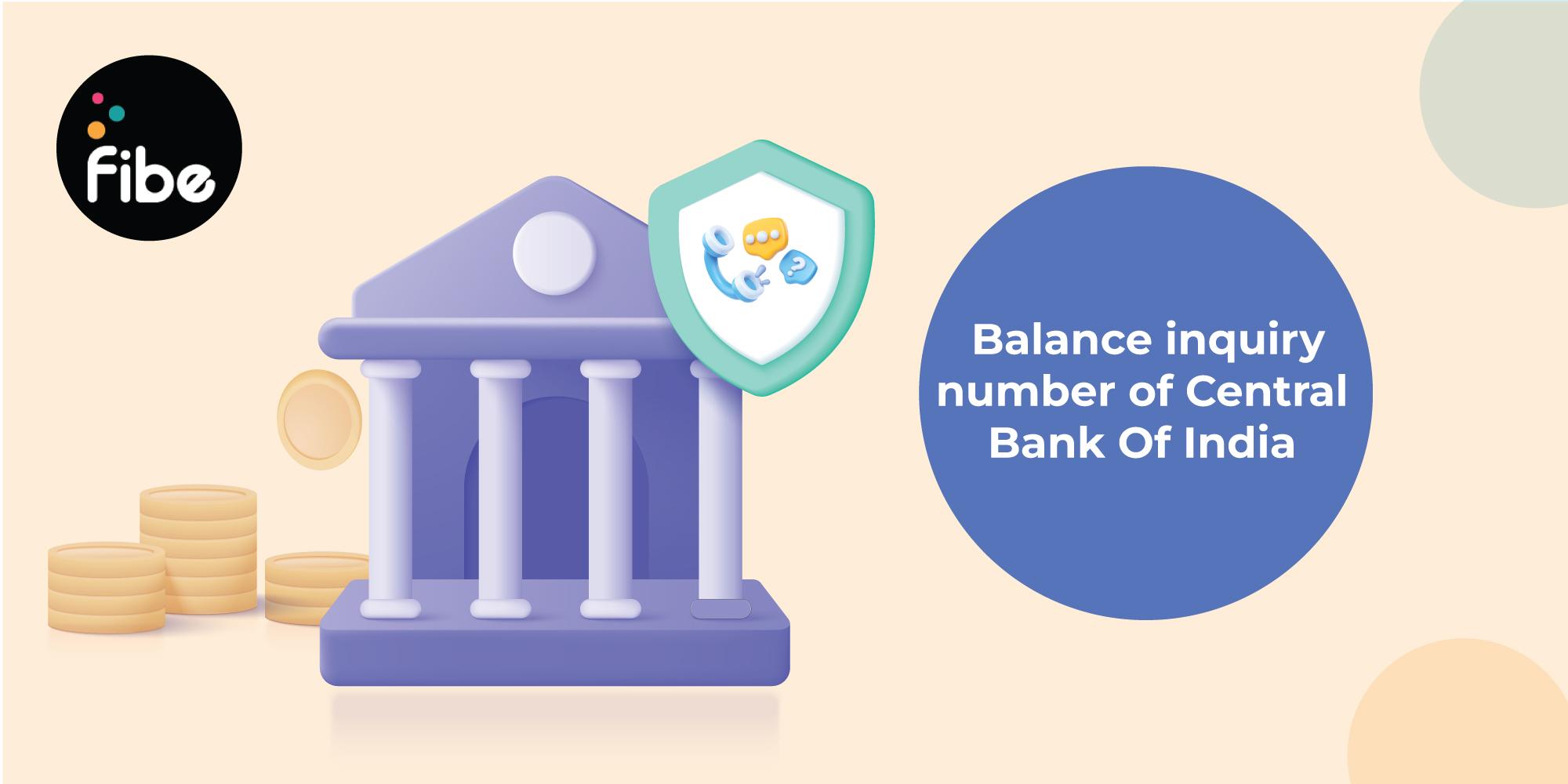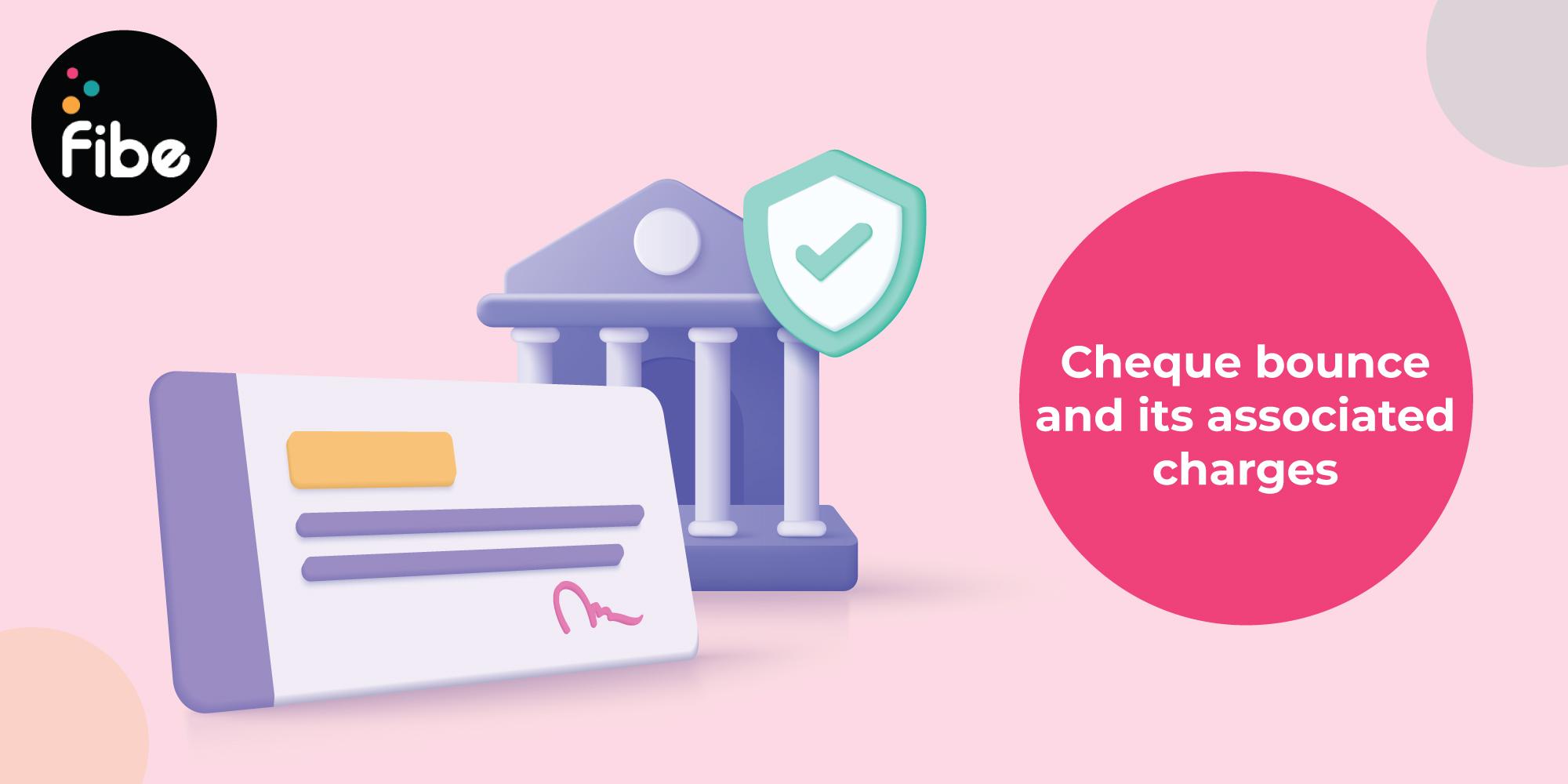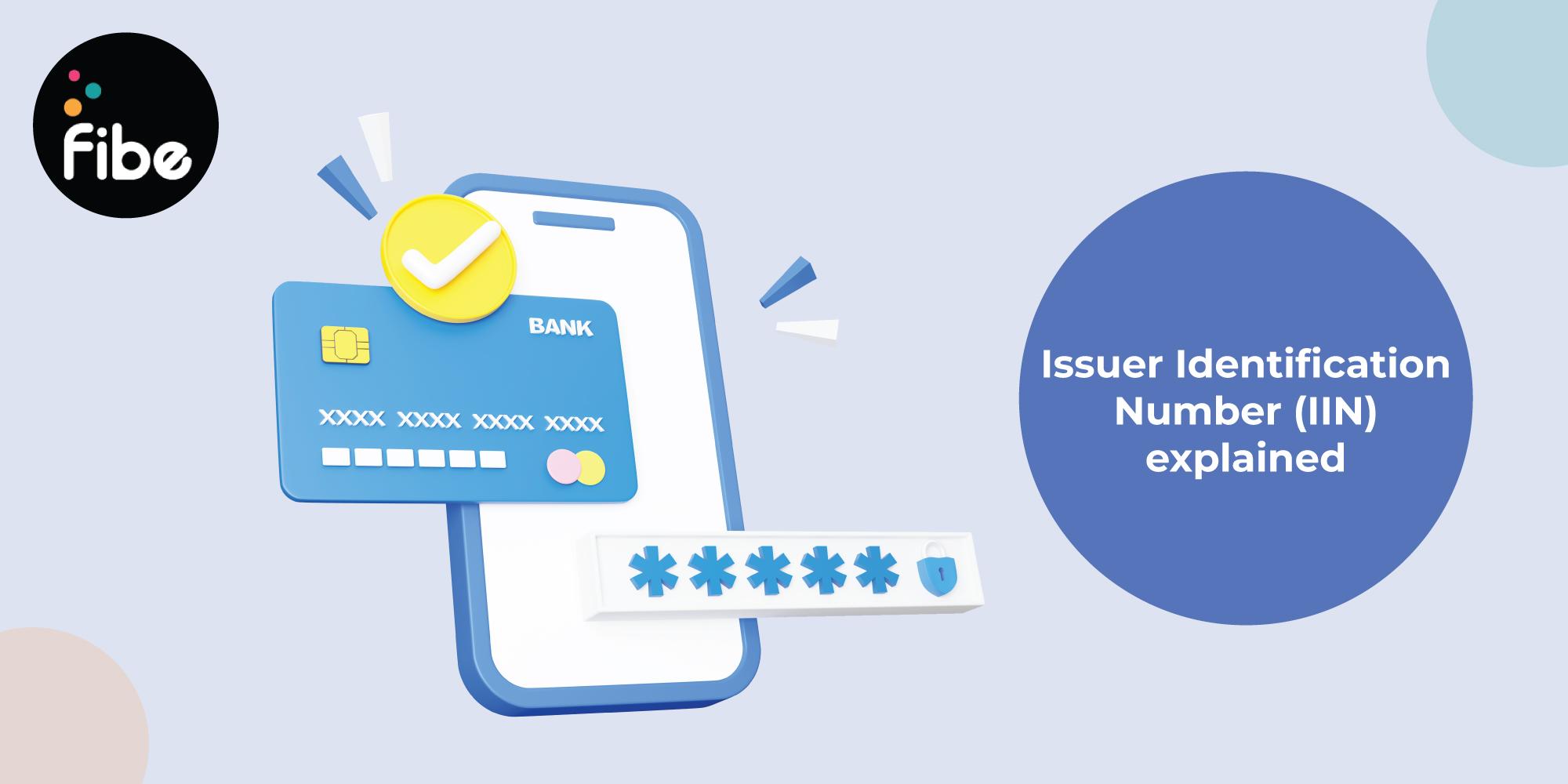
Choosing between IMPS vs NEFT electronic fund transfer options depends on multiple factors. These two options serve the same goal of making convenient fund transfers but have many distinct features and benefits. Old-school fund transfer methods allow you to send and receive a higher amount through multiple channels. Therefore, many private and government agencies rely …
Continue reading “IMPS vs NEFT – Understand the Difference & Charges”

Wondering how to check your Central Bank of India account balance? Don’t worry—it’s super easy! Whether you’re using a phone or visiting an ATM, there are plenty of simple ways to do it. Here’s a quick guide that helps you understand easy ways to check your balance anytime, anywhere, including using the CBI balance check …
Continue reading “Central Bank of India Balance Enquiry Numbers 2025”

The IDBI Bank balance check number is one of the easiest options to get your account balance. Apart from this, IDBI Bank offers alternative ways to track your balance: You can run an IDBI Bank account balance check instantly using any of these options above. Remember, you must register your mobile number to enjoy these …
Continue reading “IDBI Balance Check Number: SMS, Missed Call & More 2025”

Want to check your Union Bank account balance without any hassle? You can just use the Union Bank balance check number. Simply call or send a message and you’ll get your latest balance instantly. Just ensure that the mobile number you are using is registered with the bank. You can also explore other easy ways …
Continue reading “Union Bank Balance Check Number & Enquiry Methods Explained”

The full form of IMPS in banking is Immediate Payment Service. This fund transfer facility gives you real time updates on your online payments, including bills, fees, tickets, merchants and more. Knowing what is IMPS is important for transferring funds easily as you can use this facility for urgent needs. However, there are limits, charges and …
Continue reading “What Is IMPS? – Full Form, Features, Steps, Charges and More”

Under the Negotiable Instruments Act of 1881, cheque bounce is categorised as an offensive act. If your cheque bounces for any reason, you must face consequences such as monetary penalties, imprisonment or both. It can also impact your credibility and lead to other such negative effects. Read on to learn about the meaning of cheque …
Continue reading “What is a Cheque Bounce? Causes and Prevention Tips”

Wondering what an Issuer Identification Number or IIN is? Well, it’s an important component of payment cards, like credit and debit cards. The number helps identify the card issuer and your card’s processing network. Apart from this, you get to enjoy several other benefits, making this an important part of your payment card. Here’s a …
Continue reading “Issuer Identification Number: All You Need To Know”

Reverse repo rate and repo rate set by the RBI are specific monetary policy tools. The policies that govern these rates help manage the country’s overall economy. Specific factors like inflation, currency rate changes and money flow influence these rates. Read the information below to define repo rate and reverse repo rates and learn how …
Continue reading “Repo Rate & Reverse Repo: Meaning & Key Differences Explained”

If you’ve come across the term ‘BSR code’ while filing your taxes or making payments online, you might wonder what it means and why it’s important. BSR stands for Basic Statistical Returns code (that’s the BSR full form), a unique number assigned to every bank by the Reserve Bank of India (RBI). This code makes …
Continue reading “BSR Code: Meaning, Format & How to Find Yours Easily”

Knowing the varying features of a salary account vs a savings account helps you choose a feasible option. To begin with, a savings account is a financial product that helps you keep your money secure and earn nominal interest. On the contrary, a salary account is available only if you get a salary and your …
Continue reading “Salary Account VS. Savings Account: 5 Important differences to know”